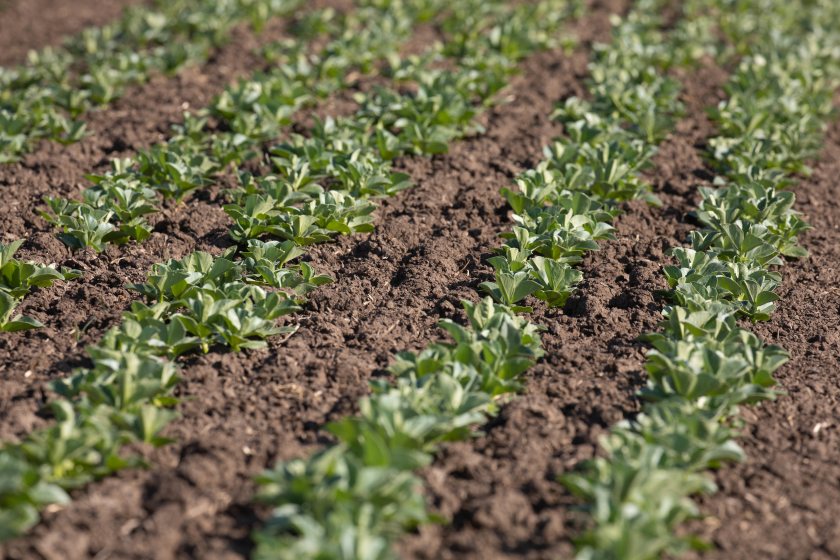
Many factors have contributed to a reported fall in the area of beans grown in the UK, the Processors and Growers Research Organisation (PGRO) says.
Defra’s agricultural land use statistics published this month show the total cropping area for field beans fell from 208,154ha to 131,718ha – a reduction of 37%.
Wet weather last autumn stifled drilling for many, while spring 2024 fieldwork was also challenging, leading to some abandoning plans to establish beans.
Sustainable Farming Incentive (SFI) options have also displaced break crops in the rotation, according to the PGRO.
The organisation says the figures are not surprising, but adds that the accuracy of the data is often questioned by the trade.
“After a difficult year and harvest, it’s no surprise that many farmers have turned to the SFI," explains Roger Vickers, PGRO's CEO.
"Farmers need to do what’s best for their business and we agree that they should be paid for providing positive environmental outcomes.
“The fall in area is unlikely to be as significant as is being reported – because pulses are such a small sample size, Defra acknowledges that accuracy is extremely difficult.
“However, we remain worried that farmers might overlook the important role pulses can play on their farms, and would urge them to make sure they’re fully aware of the impact some SFI options can have on their future rotation.”
Andy Bury, a trader with Frontier Agriculture, told the PGRO’s podcast that he estimated the combined winter and spring beans area was closer to 165,000ha.
“We agree the area is down but we think it’s substantially higher than the Defra figures,” he explains.
Earlier this year, PGRO outlined its concerns that well-intentioned SFI agreements could negatively impact future pulse production opportunities.
It said what with legumes being included in some SFI options it could mean that they are left in the ground for a number of years – or are very frequently present – increasing the likelihood of soil-borne diseases in future pulse crops.
A number of SFI options encourage the use of either long-term or frequent short-term use of legume species, in either legume-rich ley mixtures or catch and cover crops.
The potential green bridging effect and risk to future pulse cropping as a result is 'significant', as disease and pest levels build in the soil, and may impact the viability of pulse crops in the future.
Mr Vickers says: “A normal, sensible rotation would not encourage pulses closer than one crop in five, and yet in an SFI scenario soils might easily have almost continuous host legumes present.
“This puts farmers at risk of not being able to plant beans afterwards for a few years once the SFI agreement is finished.”
Mr Vickers explains that the benefits that pulses bring to a rotation are widely recognised.
“It is hard to find another group of crops that offer more positive potential for environmental good and long-term sustainability via increased production than legumes," he says.
“Pulses provide nitrogen, and improve soil fertility for the following crops, they have a favourable environmental profile and growing more of them is seen as having huge potential to help reduce carbon emissions.
“Numerous studies have also confirmed the positive benefits of beans and peas to pollinators, insects and birds.”
